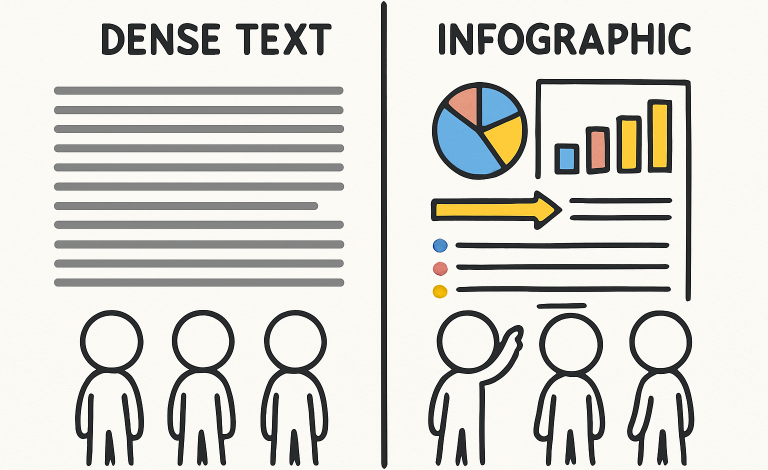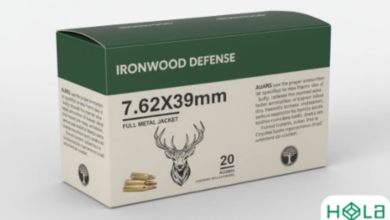The Role of Infographics in Driving Modern Content Strategies and Boosting Audience Engagement

Why Infographics Matter in a Content-Heavy World
In today’s digital landscape, audiences are inundated with content from all directions, making it difficult for brands and publishers to capture and sustain user attention. Infographics offer a powerful antidote to this problem by transforming dense information into accessible, visually engaging experiences. As people process visuals far more rapidly than text, infographics allow messages to resonate almost immediately, breaking through the noise of overcrowded newsfeeds and saturated inboxes. In addition to boosting comprehension, they often serve as eye-catching entry points that pique curiosity and drive further exploration.
With these advantages, it’s no wonder that content marketers have been leveraging infographic-based link building as an integral component of outreach and SEO strategies. Not only do well-crafted infographics attract the attention of audiences, but they also appeal to webmasters and bloggers, leading to increased backlinks and organic reach. The visual nature of infographics also makes them highly shareable, giving brands an influential presence across social channels.
The Anatomy of Highly Engaging Infographics
Highly engaging infographics are much more than decorative visuals; they rely on clarity, cohesion, and purposeful storytelling. Compelling infographics are designed with a singular focus, presenting one main idea through a logical structure, often using timelines, process flows, or data breakdowns. Strategic use of color, icons, and typography helps to direct the viewer’s attention and reinforces key messages without causing visual overload. According to insights from Search Engine Journal, infographics can significantly boost engagement by making complex information easily digestible and visually appealing.
Infographics that avoid clutter, maintain accuracy, and focus on impactful insights are perceived as more trustworthy and memorable. Simplicity and flow are paramount; readers should be able to intuitively follow the narrative from start to finish, gleaning the core takeaway even with a brief glance.
See also: Transforming Your Business Image with Professional Commercial Window Cleaning Services
Driving Audience Engagement Through Visual Content
Compelling visual content transforms passive viewers into engaged participants. Infographics excel as engagement tools because they bridge gaps between complex data and audience understanding. By converting statistics and facts into illustrated summaries, infographics encourage sharing, discussion, and revisits. Marketers using infographics often experience a boost in click-through rates, increased social shares, and stronger content stickiness—audiences are more likely to remember and return to visually rich content.
As scrolling has become the norm across digital devices, infographics act as striking anchors amidst rivers of text, allowing brands to capture transient attention and guide users toward desired actions.
Data-Driven Insights on Infographic Performance
Infographics aren’t simply aesthetically pleasing; their measurable impact on content performance is compelling. Numerous studies demonstrate that articles featuring infographics can enjoy significantly higher traffic—up to a 12% increase. Social share metrics are similarly impressive, with some reports showing that the inclusion of infographics can double sharing activity compared to non-visual content.
These analytics reveal a clear trend: investing in high-quality infographic creation pays dividends in terms of reach and interaction. Content creators and publishers who prioritize visual communication are rewarded not only with broader visibility but also with increased dwell times and deeper audience engagement.
Connecting Infographics with SEO Value
Infographics provide a unique opportunity to amplify search engine optimization efforts. Their inherently shareable nature drives external sites to link back, improving a brand’s backlink profile and, by extension, its domain authority. Incorporating relevant alt text and detailed captions enhances the accessibility of infographics to search engines, further improving organic discoverability.
When infographics are widely cited or embedded by authoritative industry sources, these quality backlinks play a pivotal role in elevating a page’s visibility in search rankings.
Future Trends for Infographics in Content Marketing
Looking forward, interactive infographics and animated data visualizations are set to define the next era of content marketing. Advances in front-end web technology are enabling marketers to introduce clickable elements, hover effects, and embedded data exploration, transforming static graphics into dynamic, immersive experiences.
Additionally, developments in artificial intelligence and automation are simplifying the process of creating, refining, and analyzing the performance of infographics. As demand for visually rich, instantly understandable content continues to grow, brands that embrace these trends will sustain their competitive edge—capturing attention, driving engagement, and building lasting digital authority.
Conclusion: The Lasting Impact of Infographics in Content Marketing
Infographics are more than just visually appealing assets; they are strategic tools that simplify complex information, capture attention, and drive meaningful engagement. By enhancing comprehension, boosting shareability, and supporting SEO through backlinks, infographics help brands stand out in a crowded digital landscape. As content continues to evolve, investing in high-quality, thoughtfully designed infographics ensures that messages resonate, audiences remain engaged, and digital authority is established.




